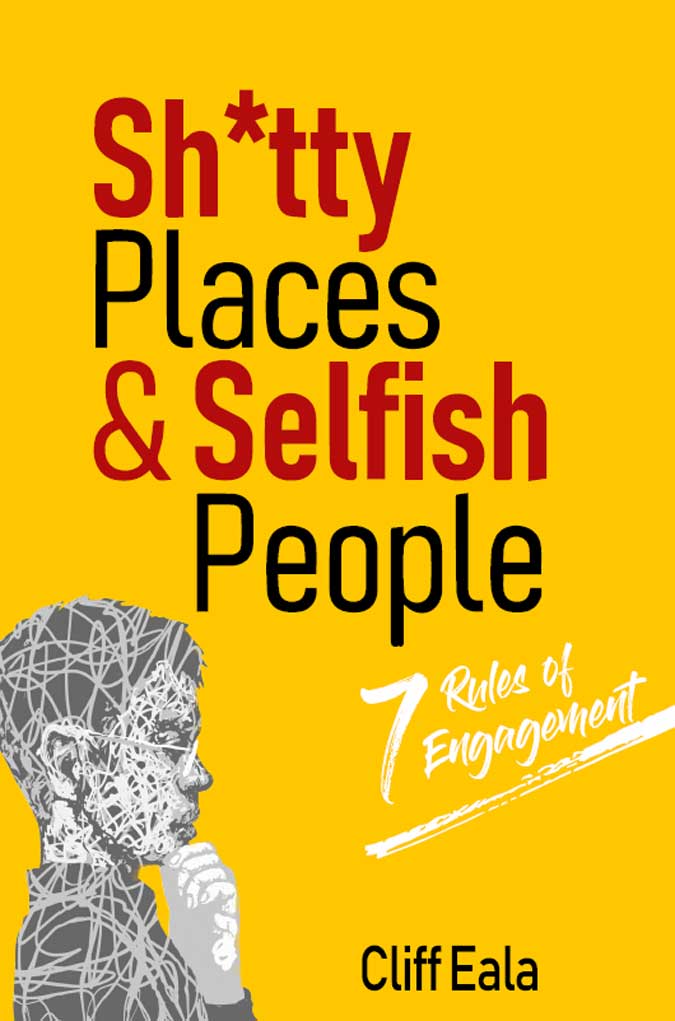Tens of thousands of job cuts announced by blue-chip companies in a 24-hour period are a warning sign for the world’s recovery and emerge just ahead of two key reports forecast to show limited progress in the US labor market.
In one of the biggest layoff announcements since the pandemic caused widespread economic shutdowns, Walt Disney Co. said late Tuesday that it’s slashing 28,000 workers in its slumping US resort business. In the hours that followed, the pace of job cuts at some of the world’s biggest companies—across a range of industries from energy to finance—quickened.
On Wednesday, Allstate Corp., the fourth-largest car insurer in the US, said it will cut 3,800 jobs, roughly 8% of its workforce. And Bloomberg reported that Goldman Sachs Group Inc. plans to cut roughly 400 jobs after temporarily suspending job reductions at the beginning of the crisis.
Announcements like these point to further challenges in a rebound that’s already slowed after an initial bounce back in May and June. Weekly figures due Thursday are estimated to show filings for US unemployment benefits remain far above pre-virus levels, while Friday’s jobs report—the last before the November presidential election—is expected to reveal that employers added a half-million fewer workers in September than in August.
“Job losses were at first concentrated in service-sector jobs, but in any economic downturn you’re bound to get some more pruning as corporations are trying to protect profit margins,” said Brett Ryan, senior US economist at Deutsche Bank Securities Inc. “You’ll see larger companies that may have been on a certain revenue trajectory before the downturn start to reevaluate.”
The fallout isn’t contained to American firms. Royal Dutch Shell Plc announced it will cut as many as 9,000 jobs as crude’s crash forces billions of dollars in cost savings, while German auto-parts supplier Continental AG’s supervisory board approved a restructuring plan that will cut or shift 30,000 jobs worldwide.
OFFICE WORKERS
The latest layoffs stretch beyond hourly workers, who were among the hardest hit at the start of the pandemic in industries such as restaurants and hospitality, to office and managerial positions.
While Shell didn’t provide a full breakdown of the cuts, a spokesperson said that positions in the top three layers of the company would be reduced by one-fifth.
“In many places, we have too many layers in the company: too many levels between me, as the CEO, and the operators and technicians at our locations,” said the oil major’s chief, Ben van Beurden.
The rout in the oil sector has been so swift and severe that once-sacrosanct corporate positions are being trimmed. Exxon Mobil Corp., which long prided itself on weathering crude-market crashes without resorting to job cuts, shocked investors and analysts in recent months when it targeted as much as 10% of US office staff for layoffs.
At Disney, the layoffs impact domestic employees in its theme-park, cruise line, and retail businesses. While two-thirds of the workers are part-time, the cuts also involve executives and salaried employees, the company said.
Halliburton Co., the world’s largest fracker, is eliminating an entire layer of management, while Marathon Petroleum Corp., the biggest independent US crude refiner, has embarked on its second round of job cuts that will affect about 2,050 employees, and is targeting salaried positions at plants in Texas, California and Louisiana.
MORE SUPPORT
With the pandemic still raging and US lawmakers having failed so far to extend federal help for the unemployed and small businesses, many key measures in the world’s largest economy look set to remain weak for some time.
There were signs earlier Wednesday that the outlook may have helped revive stimulus negotiations, but Treasury Secretary Steven Mnuchin and House Speaker Nancy Pelosi failed to strike a deal during a 90-minute meeting Wednesday and said they will continue negotiating.
US airlines are preparing to lay off tens of thousands of workers starting Thursday unless they get additional federal aid. American Airlines Group Inc. has warned that it could furlough 19,000 employees, while United Airlines Holdings Inc. is planning to cut about 12,000.
There are signs, however, that the labor market is gradually improving in certain areas as demand rises from the depths of the pandemic. US companies added 749,000 jobs in September, according to ADP Research Institute data released Wednesday. ADP’s numbers, though, have diverged widely from official government figures in recent months.
Indications the economy is recovering factored into Allstate’s decision to announce its job cuts Wednesday. The insurer held off on layoffs at the start of the pandemic.
“We waited a little bit until we could see that the economy was starting to pick up some,” Chief Executive Officer Tom Wilson said in a phone interview. “We could have done this earlier, but we waited a little bit to get ourselves aligned and to build a set of programs out which help people get new jobs.” — Olivia Rockeman and Scott Lanman/Bloomberg




